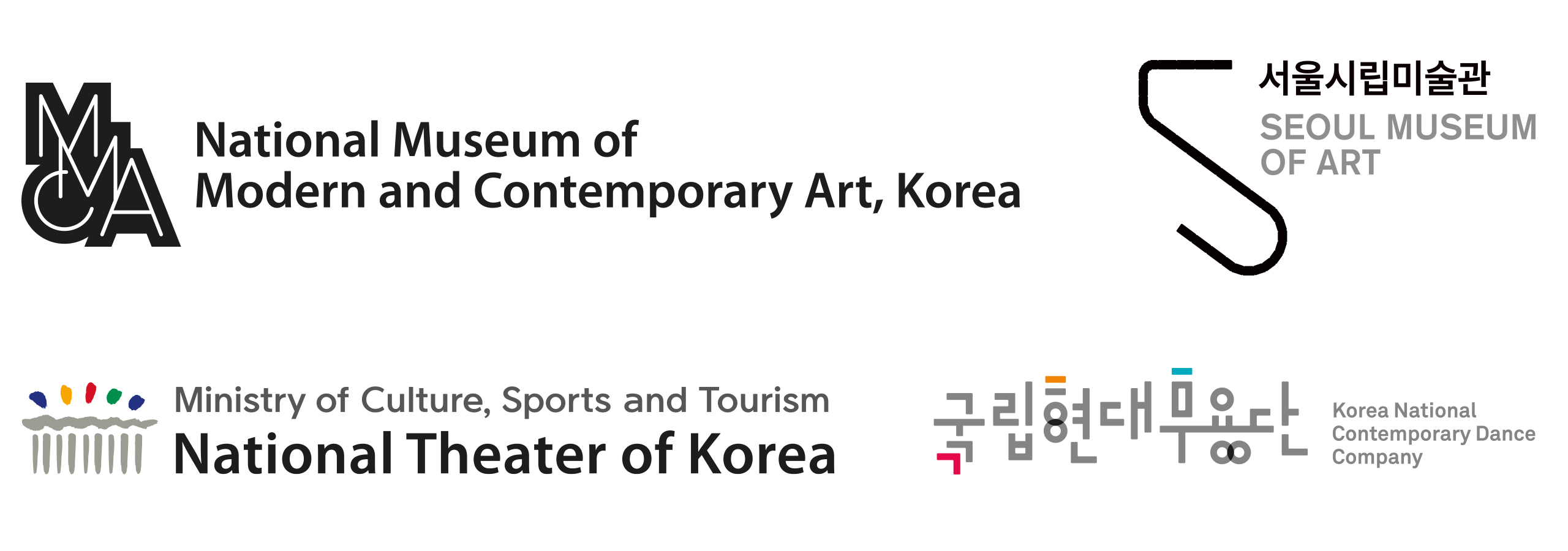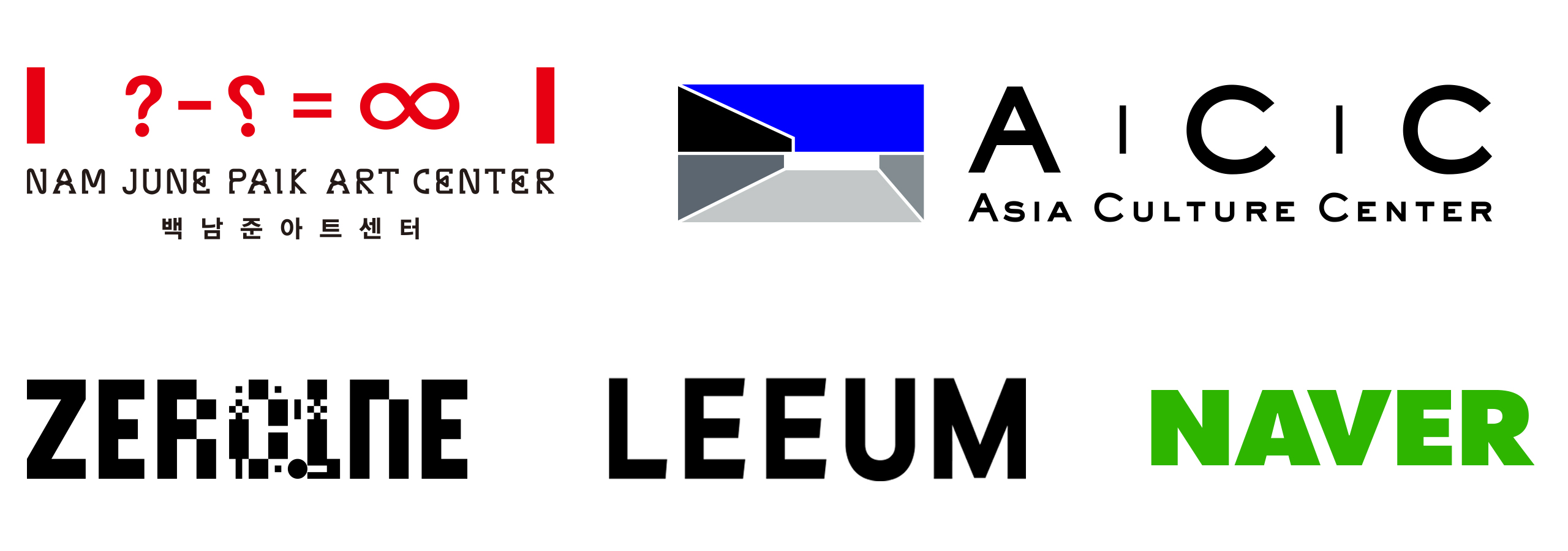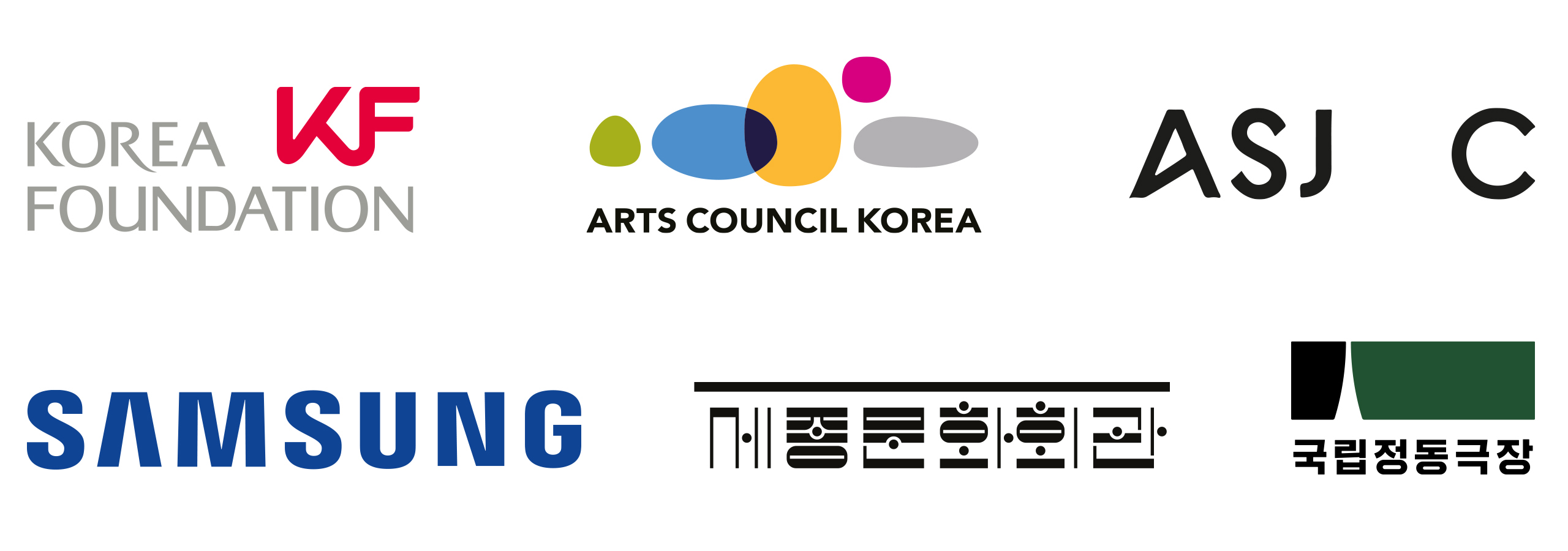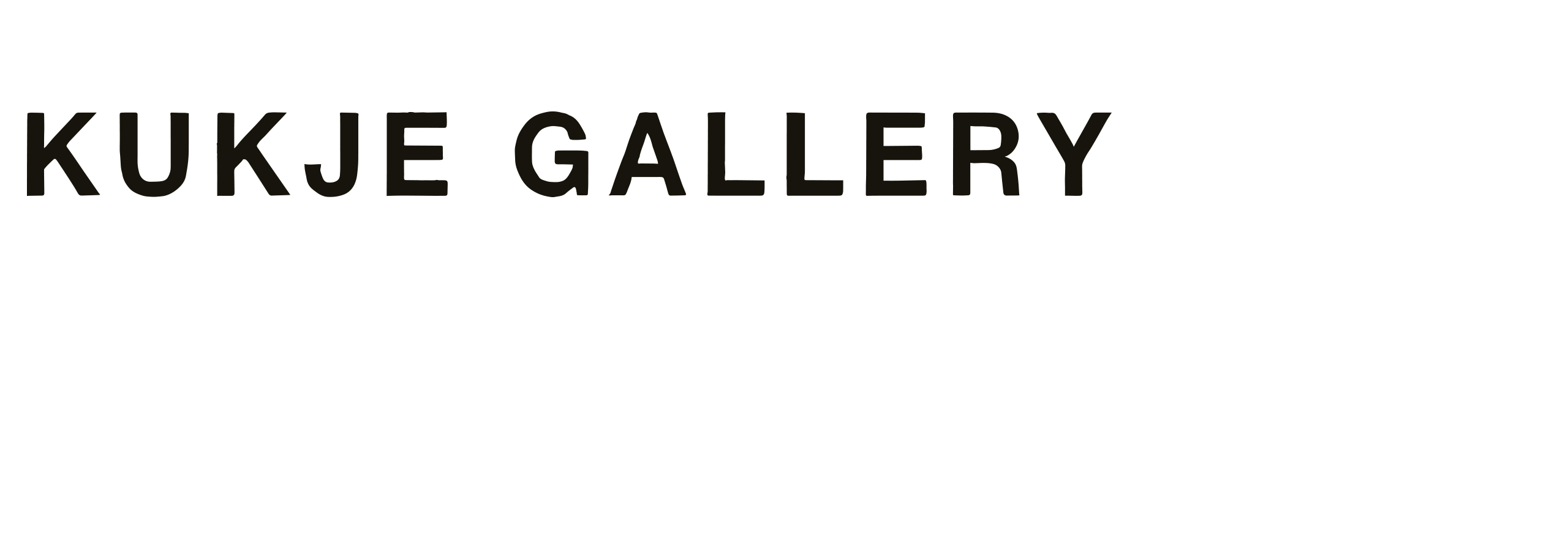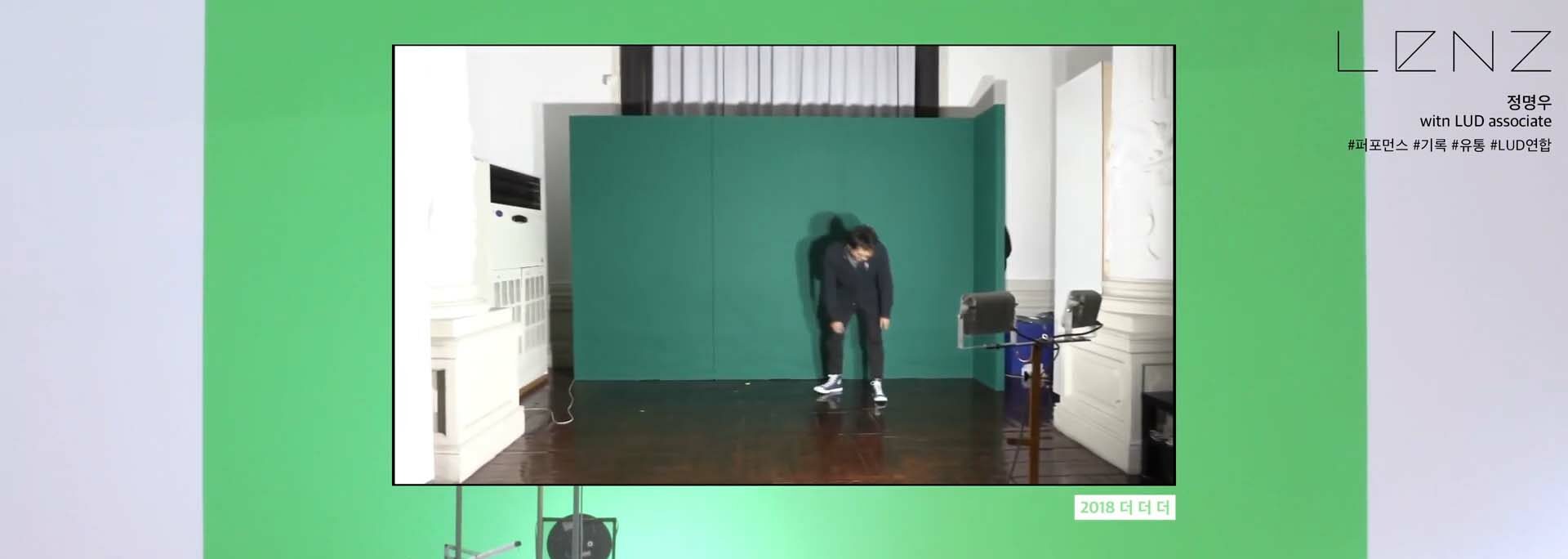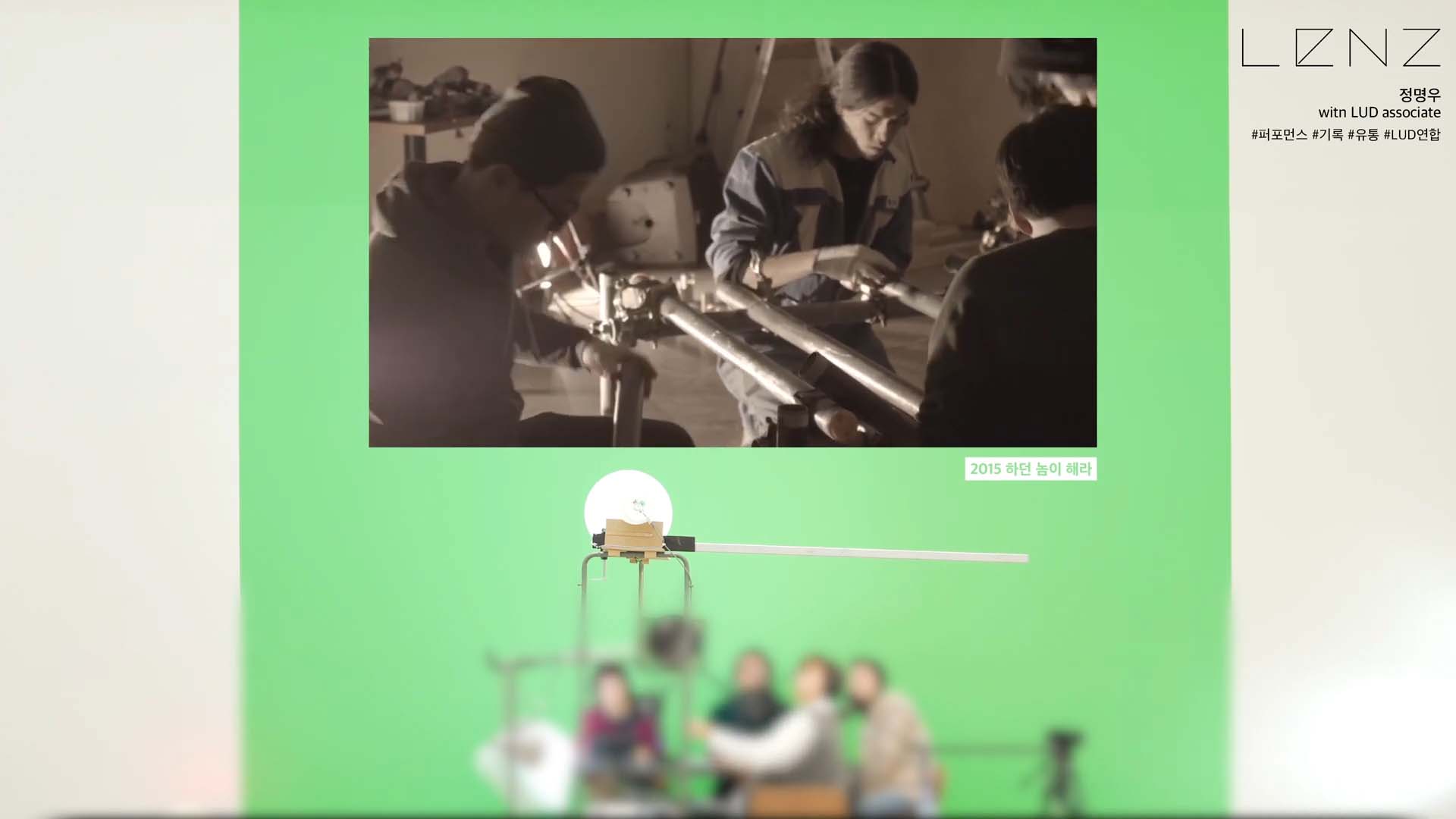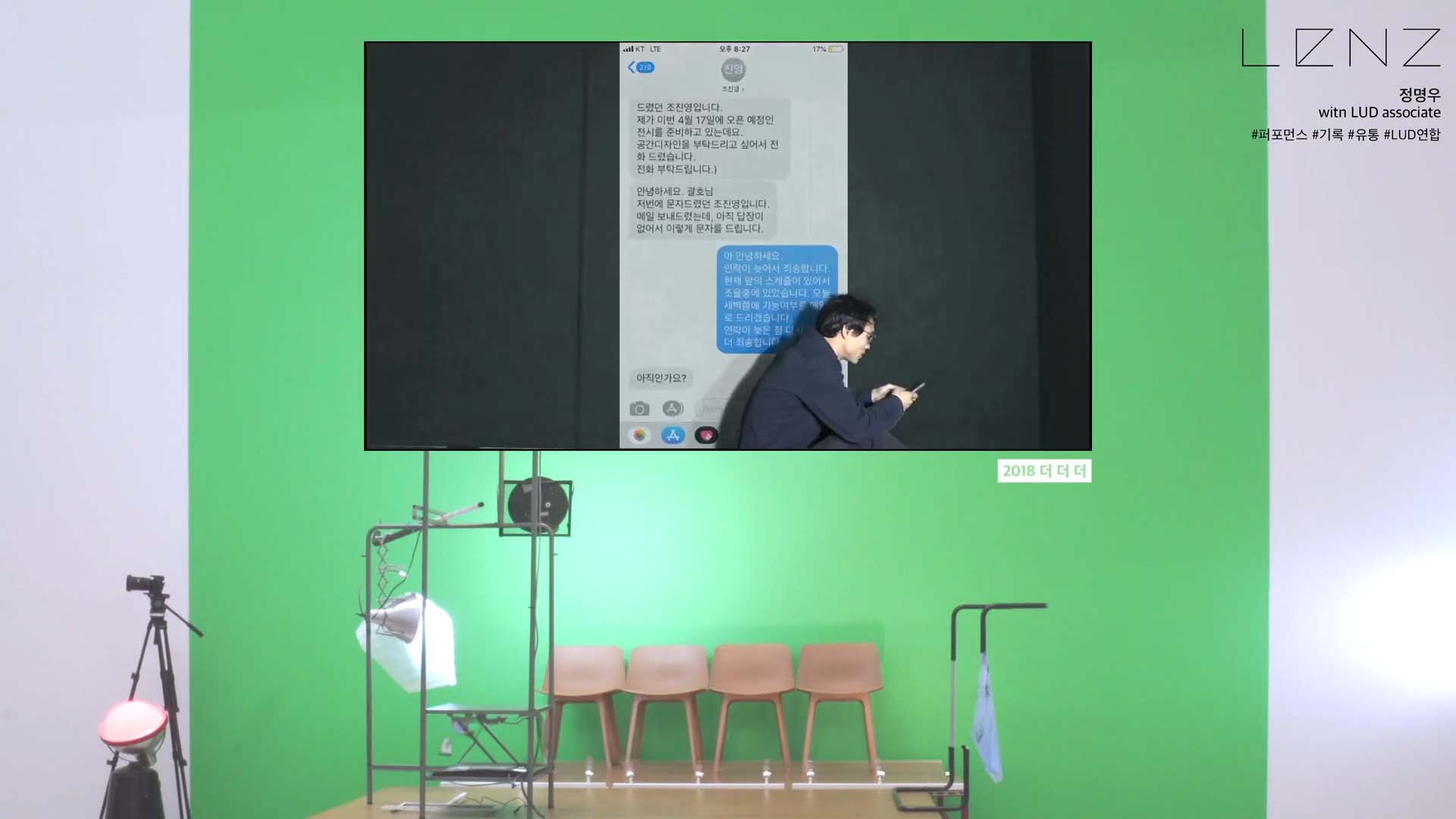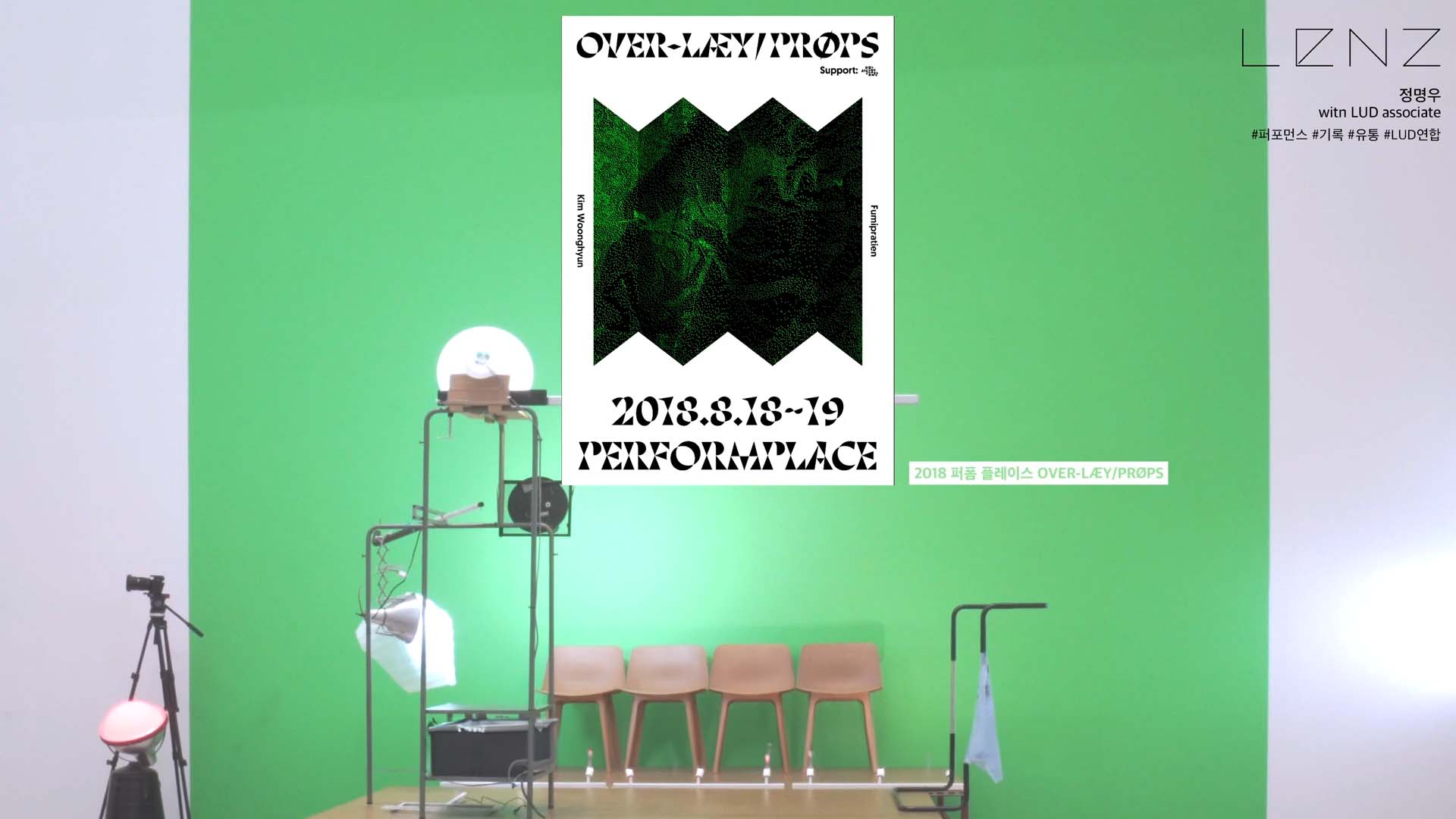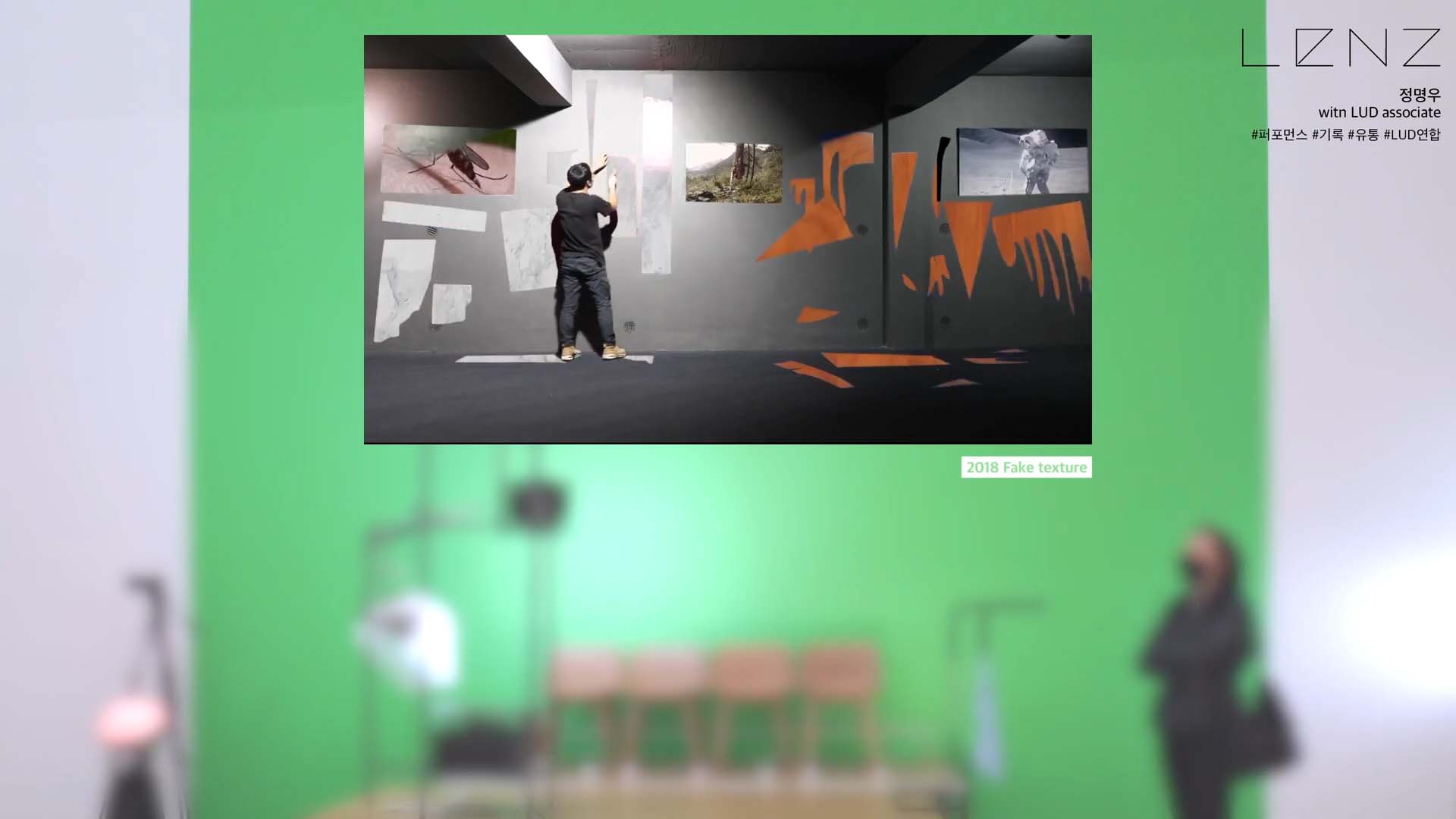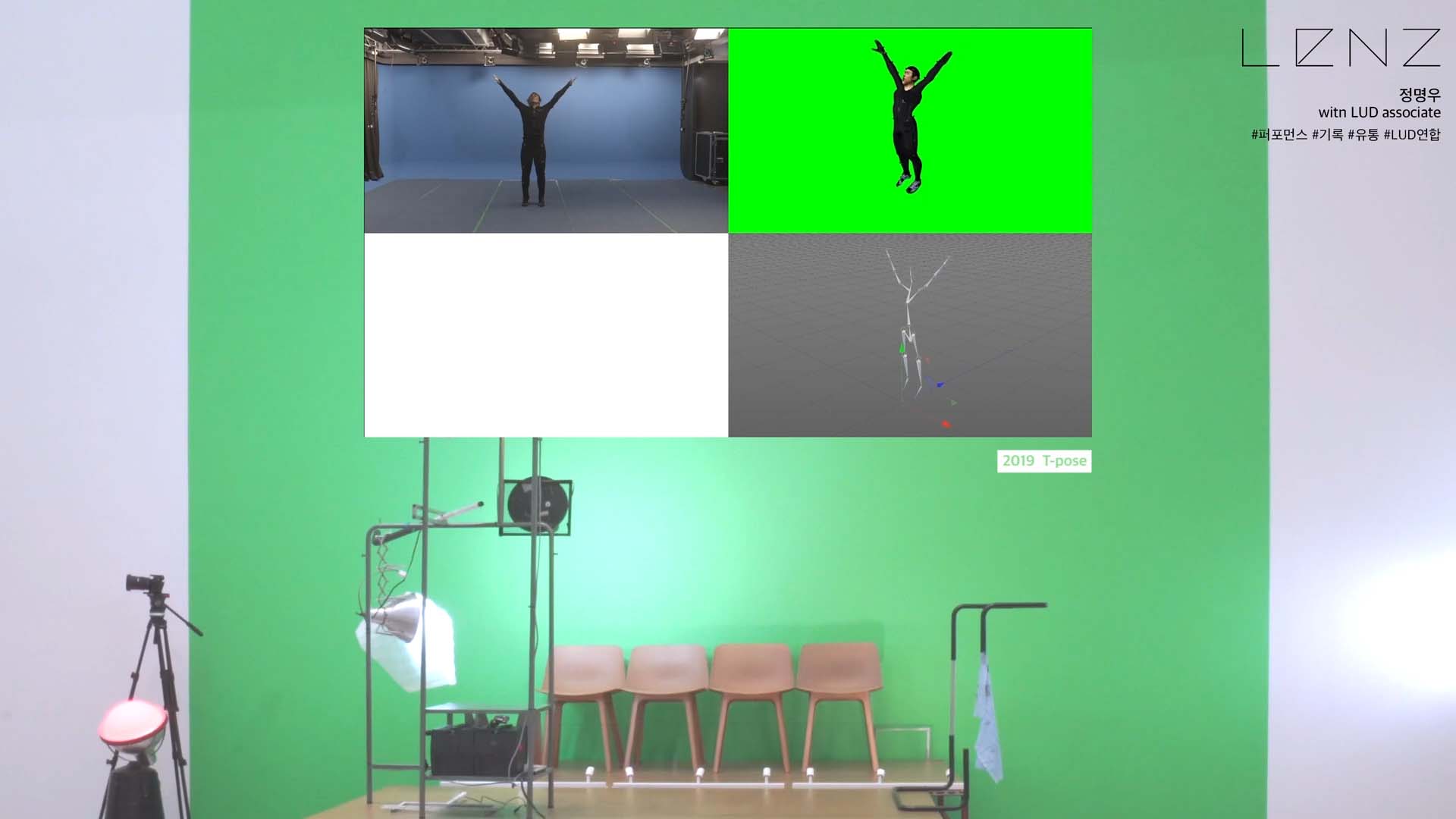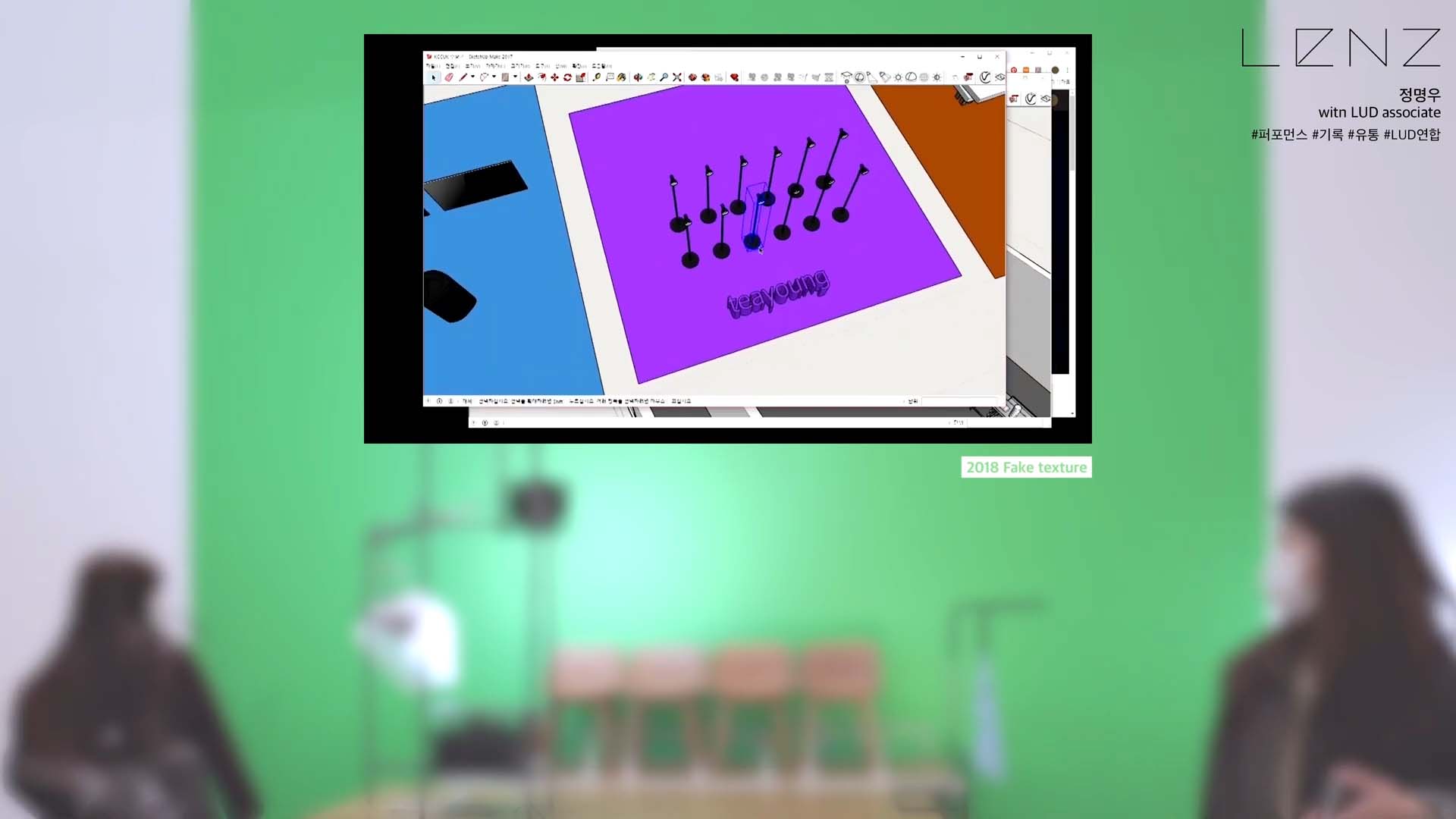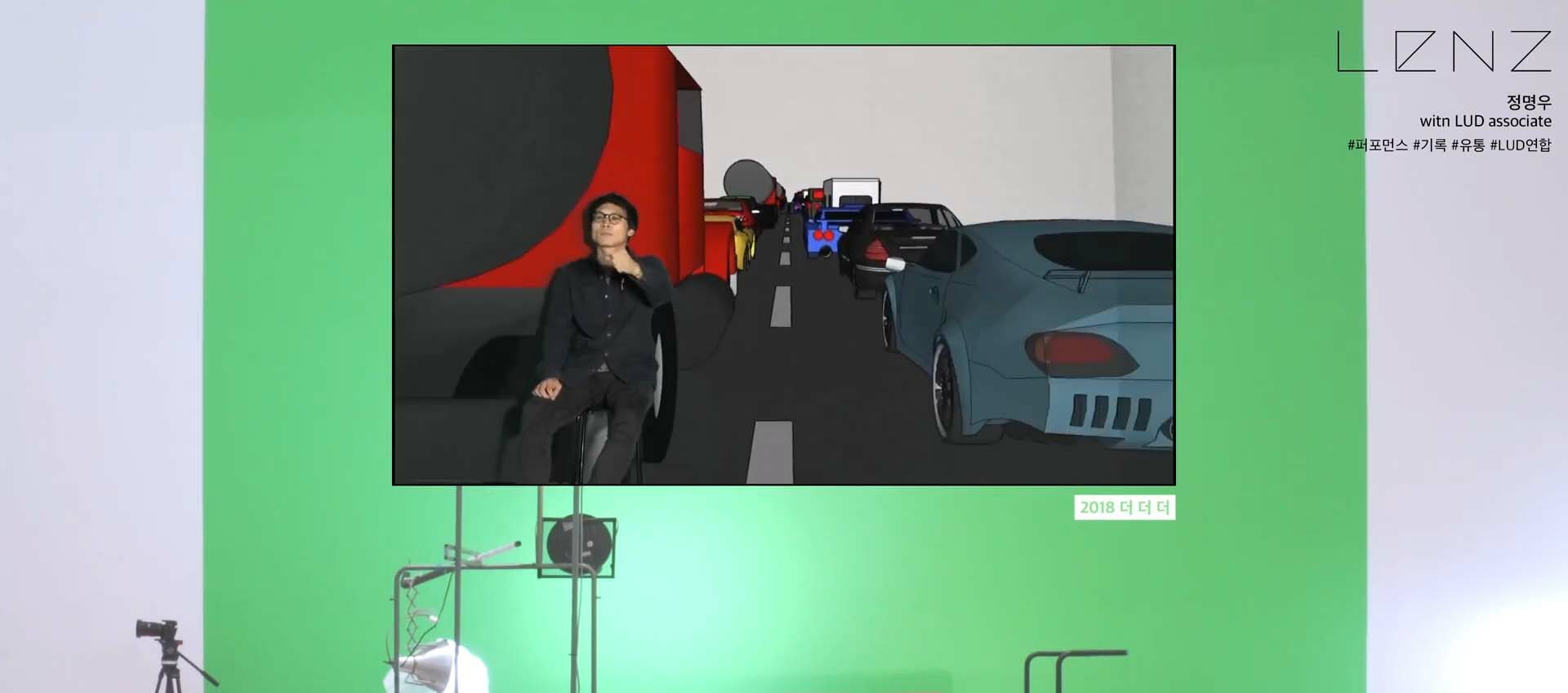Jeong Myung-woo: So, regarding labor and the act of creating exhibitions, I made the decision to express these ideas under the name “Parenthesis.” As I kept performing, I also became very interested in how performance itself and how art is made—what art becomes obsessed with. I started reflecting on how performance could circulate and the obsession that art has with certain things. Those interests, I felt, were better separated out under the name “Jeong Myung-woo,” as I thought that would make more sense for me.
Ahn Jae-young: When you shared your works earlier, I found them really intriguing. Initially, your works seemed very sharp and displayed a lot of dynamic movement. But over time, as we approach the present, it seems like you’ve become much clearer about what those actions mean. And importantly, the audience, including myself, also seems to know how to view that. You mentioned separating your works earlier—I think that’s really clever.
Lee MeeJee: It seems like you’ve moved beyond the immersive process of “I’m going to do this, I’m doing this now,” to a phase where you’re revealing how to approach it, showing the perspective of what the audience should focus on. And interestingly, the work doesn’t come across as burdensome. It’s quite amazing how you do that. With media and technology, when it’s overdone, sometimes it feels like, “What is this person trying to say?”—you have to sigh and push through it.
Ahn Jae-young: There’s a lot of fatigue.
Lee MeeJee: But with your work, it’s surprising at first. You’re yelling, the dancing is strange, and before I even process the technology, Jeong Myung-woo is already right in front, standing there. In that sense, it’s quite unique. As Jae-young said, behind the bold movement (or, using a more refined term, dynamic movement), and the “excessive dancing,” expressed through different terms, the barriers feel like they dissolve. Suddenly, without even realizing it, I forget about those barriers and can immediately dive into what the artist wants to communicate. In that sense, I see <Fake_Texture> as the turning point. The collaboration in <OVER-LÆY/PRØPS> brought sophistication to the exhibition and performance language, but in <Fake_Texture>, I feel like you found your own language, reflecting on the obsession with the surface in exhibitions. I found it fascinating when you explained the artist’s obsession with surfaces in our pre-interview. Could you share that again?
Jeong Myung-woo: In <Fake_Texture>, I used blue and green vinyl sheets, and applied virtual textures of wood or stone via chroma key. The reason I did this stems from an experience with Parenthesis. I noticed that when curators or artists make works or exhibitions, they become obsessed with surfaces. For example, I know an artist who chooses an exhibition space based on whether the wall is smooth enough. That was surprising to me, as I never realized that could be a criterion for selecting a space. I also helped an artist who created objects, and I saw that they constantly checked the surface of the work, asking questions like, “Is this smooth?” or “Is this the texture I want?” They kept asking for more sanding or polishing.
Jeong Myung-woo: Through that, I realized how obsessed people are with surfaces. Even if what’s inside is Styrofoam or newspaper, it’s all about what gets layered on top. That obsession with the surface, the act of touching, fascinated me. Art, in its visual aspect, is about how well the surface can be made to appear as the essence of the work. Because vision is such an important aspect in exhibitions, how something looks is paramount. So, in , I applied fake red vinyl to a surface and then added stone textures, exaggerating the act of touching the surface. That final highlight was when the touch became part of the performance choreography.


